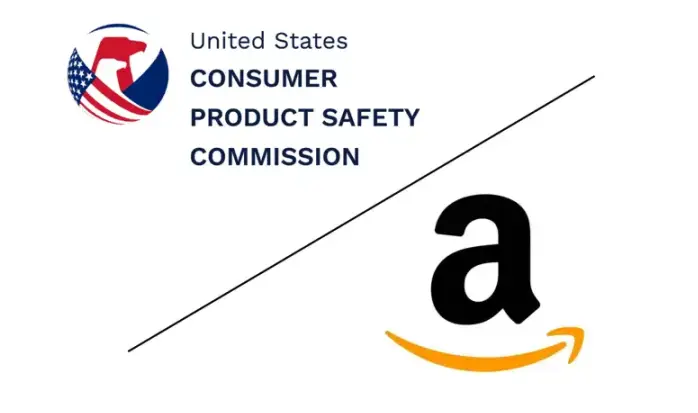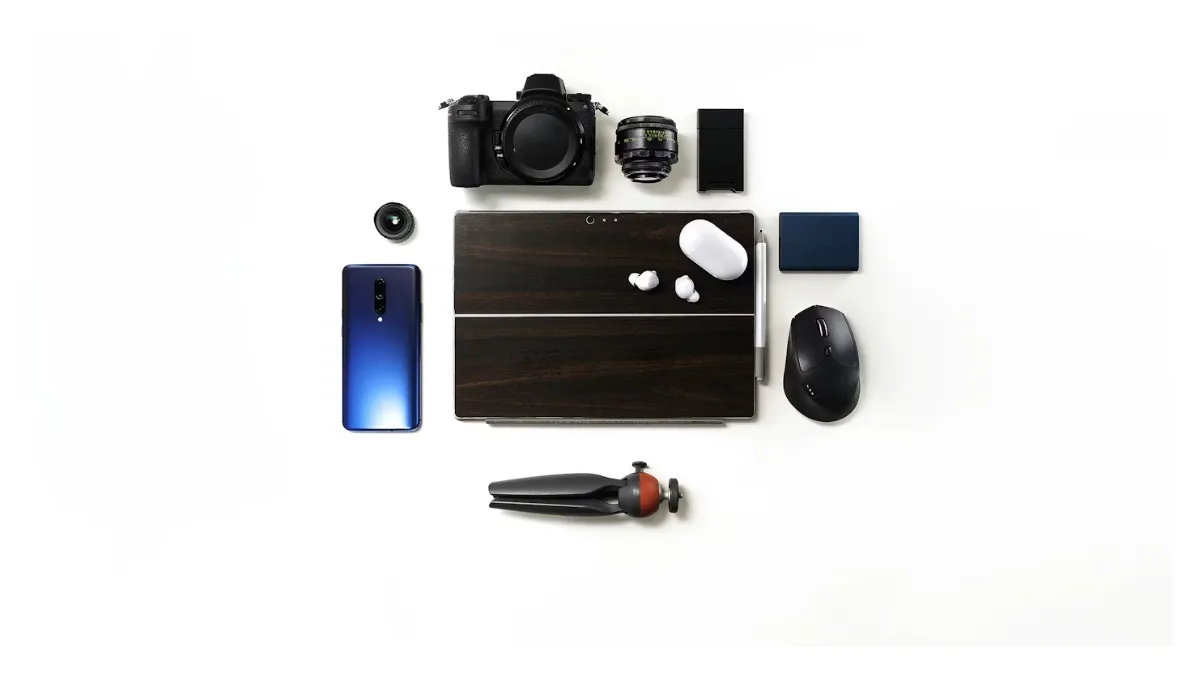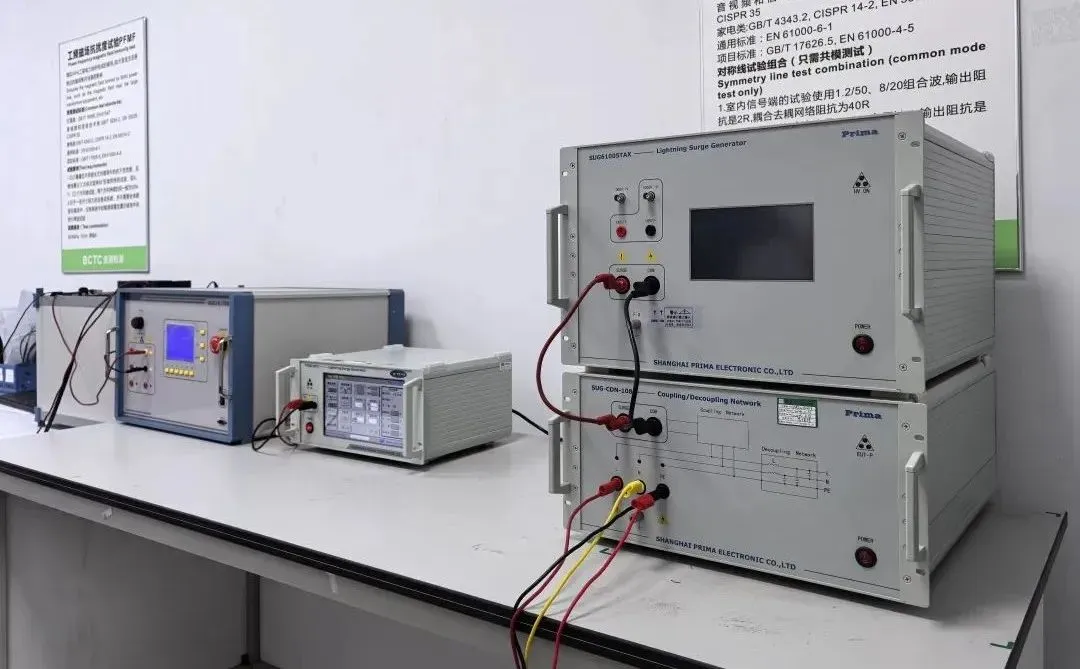
Outdoor Surveillance Equipment Protection Level Testing
=As a dual-qualified laboratory in Shenzhen, it's crucial to understand the protection level testing for outdoor surveillance equipment. These tests ensure that the equipment can withstand various environmental factors such as rain, dust, and other potential pollutants, thus ensuring its long-term stable operation in outdoor environments. Below is a detailed introduction to the protection level testing of outdoor surveillance equipment, including testing scope, methods, and related standards.
Testing Scope
The protection level of outdoor surveillance equipment is primarily assessed based on the IP (Ingress Protection) code established by the International Electrotechnical Commission (IEC). The IP code consists of two digits: the first digit represents the dust protection level (0-6), and the second digit represents the water protection level (0-9K). For example, a device labeled IP67 means it is completely dust-tight and can withstand immersion in water up to 1 meter deep for a short period without damage.
- Dust Protection Test
From no protection to complete dustproof, a suitable test level is selected based on specific needs.
- Waterproof Test
From preventing vertical water drops to resisting high-pressure water jets and even prolonged immersion in water, different levels are suitable for various application scenarios.
Test Methods
- Dust Protection Test
- IP1X to IP4X:
Using gradually smaller metal wires or spheres to simULate foreign objects of different sizes, the equipment is checked to ensure these objects cannot penetrate the housing.
- IP5X/IP6X:
The device is placed in a sealed chamber, and talcum powder is used as a medium. Under specified conditions (such as duration and airflow speed), the device is observed to see if any dust enters the interior.
- Waterproof Test
- IPX1/IPX2:
Using an inclined rain shower device, natural rainfall conditions are simulated, and a uniform water flow is applied to the device’s surface.
- IPX3/IPX4:
A rotating nozzle system is used to spray water at a specific angle and rate, testing the device’s water resistance.
- IPX5/IPX6:
A powerful nozzle directly sprays water onto the device to test its ability to withstand high-pressure water flow impacts.
- IPX7/IPX8:
The device is partially or fully submerged in water, then removed after a set period to check for water ingress.
- IPX9K:
A high-temperature and high-pressure water jetting device is used to simulate extreme weather conditions, testing the device’s protective capability.
Testing Standards
The protection level testing for outdoor surveillance equipment follows a series of international standards, including:
- IEC 60529: This standard defines the protection levels (IP code) provided by the enclosures of electrical equipment. It details how to perform dust and water protection tests and specifies the requirements for each level.
- ISO 20653: This standard provides stricter testing conditions for the protection levels of electrical/electronic equipment in road vehicles, which is particularly important for automotive industry applications.
Protection level testing for outdoor surveillance equipment is a key step to ensure that the products can reliably function in the complex and variable outdoor environment. By strictly adhering to the testing methods and standards outlined above, the dustproof and waterproof performance of the equipment can be effectively evaluated, ensuring its lifespan and stability. For manufacturers, understanding and implementing these tests not only helps improve product quality but also enhances market competitiveness and meets the growing security needs of customers.
Email:hello@jjrlab.com
Write your message here and send it to us
 Infant Support Pillow 16 CFR 1243/1242 & ASTM
Infant Support Pillow 16 CFR 1243/1242 & ASTM
 BRM Registration Card Under CFR Part 1130 Regulati
BRM Registration Card Under CFR Part 1130 Regulati
 How to get a D-U-N-S® Number for US FDA Registrati
How to get a D-U-N-S® Number for US FDA Registrati
 Household Massage Devices Compliance in the China
Household Massage Devices Compliance in the China
 Compliance for the Global In Vitro Diagnostic (IVD
Compliance for the Global In Vitro Diagnostic (IVD
 Compliance Guide for Nebulizers in European and Am
Compliance Guide for Nebulizers in European and Am
 Cybersecurity Certification Service for EU RED Dir
Cybersecurity Certification Service for EU RED Dir
 ANATEL Certification Compliance Guide for Brazil M
ANATEL Certification Compliance Guide for Brazil M
Leave us a message
24-hour online customer service at any time to respond, so that you worry!




